 |
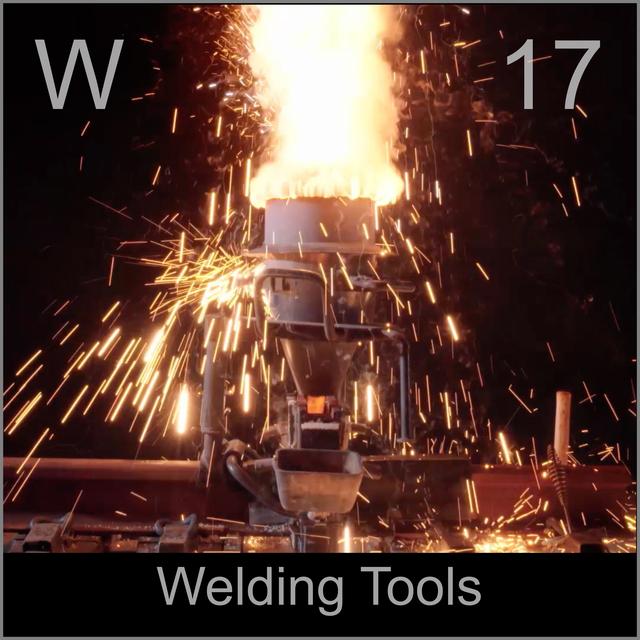
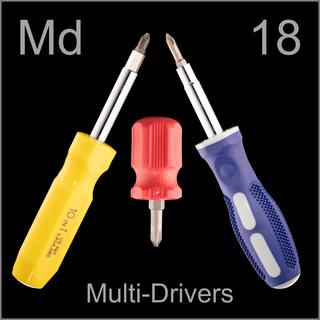 |
Leave a comment below! Or click on an individual tool to see more or leave a comment about that tool. |
|
 |
|
 |
| Certain kinds of plastic can be welded using plastic welding rods (just like the metal ones) and this special focused heat gun. |
 |
| Acetylene cutting torch heads have a lever that greatly increases the flow of oxygen for cutting. |
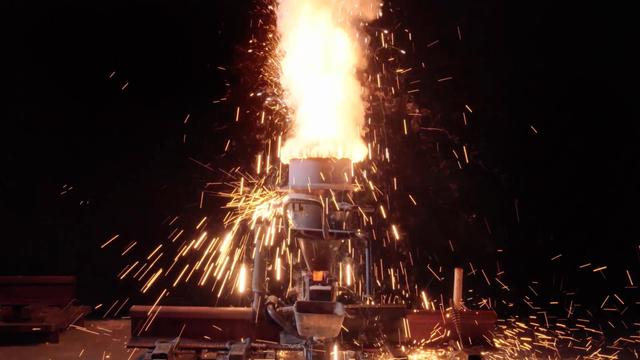 |
| Thermite welding is done by lighting a mixture of iron oxide (rust) and aluminum powder. The reaction forms iron, and releases so much heat that the iron is delivered in white hot liquid form. This is a thermite rail welding set up showing how about ten pounds of liquid iron can be dropped in the gap between two segments of train track, fusing them into a single piece strong enough to withstand decades of train traffic. |
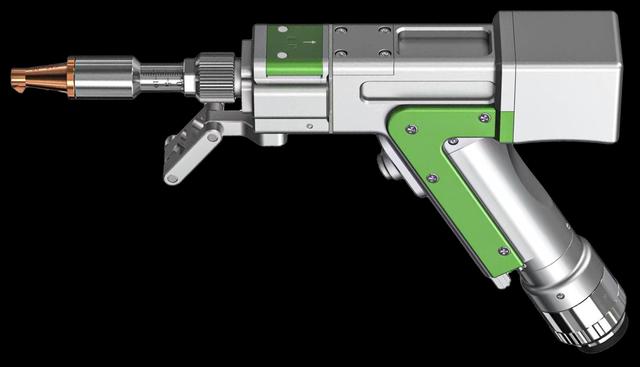 |
| Laser welding guns are literally ray guns, and look the part. |
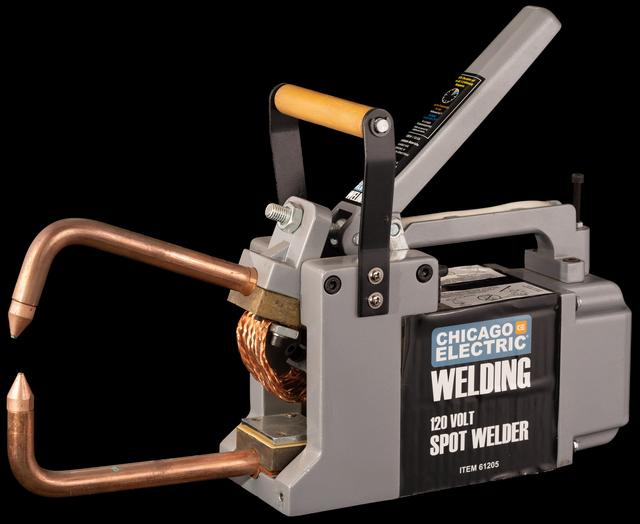 |
| A spot welder joins two thin pieces of metal in one…spot. It’s simply a transformer that delivers a jolt of very high current through its two thick copper jaws, melting a bit of the two sheets where they touch. |
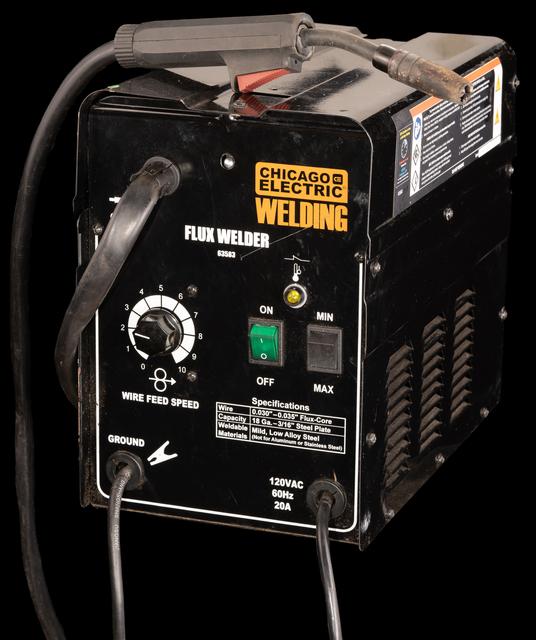 |
| Wire feed welders are cheap and incredibly useful. |
 |
| Here’s something you don’t see every day: a tire vulcanizer. Named after the Greek god of fire, vulcanization involves heating rubber in the presence of sulfur, which causes cross-linkages to form within the rubber, essentially bonding the whole thing into a single molecule (or at least a small number of very, very large molecules). Before vulcanization, rubber can be melted. After vulcanization it will char and burn before losing its shape. This tool repairs tires or applies new tread by vulcanizing rubber patching compound right onto the tire. |
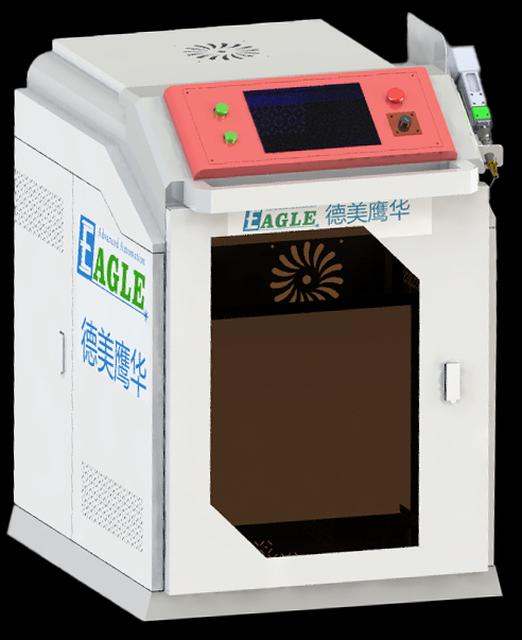 |
| Laser welding is a beautiful technology that is just starting to be affordable. |
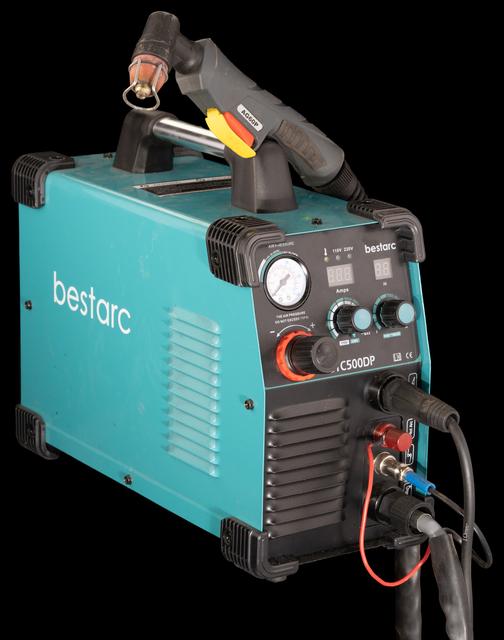 |
| Plasma cutters are a natural counterpart to welders: together they let you make just about anything out of steel. |
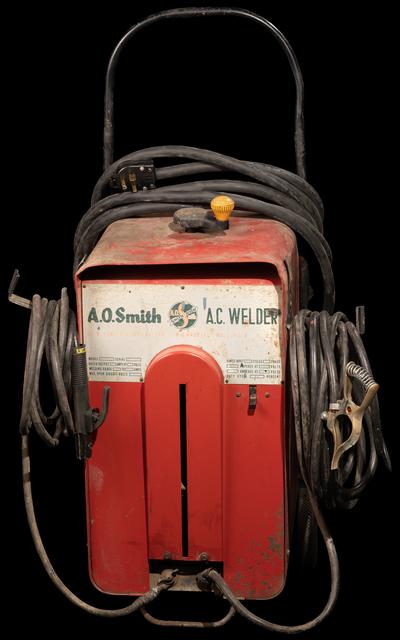 |
| My favorite impractically heavy stick welder is this A.O Smith model. It has a massive primary coil and a massive secondary coil, and a screw that lets you move the secondary in and out of the primary, as a way of adjusting the amount of power it delivers. |
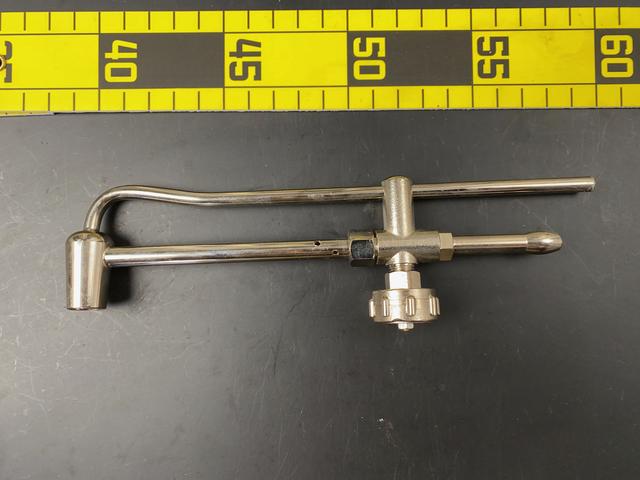 |
| Fine jewelry-making torches use a mixture of hydrogen and oxygen, which burns very cleanly. |
 |
| This small thermite welding cup is designed to weld steel cables onto the flat face of a piece of steel plate. |
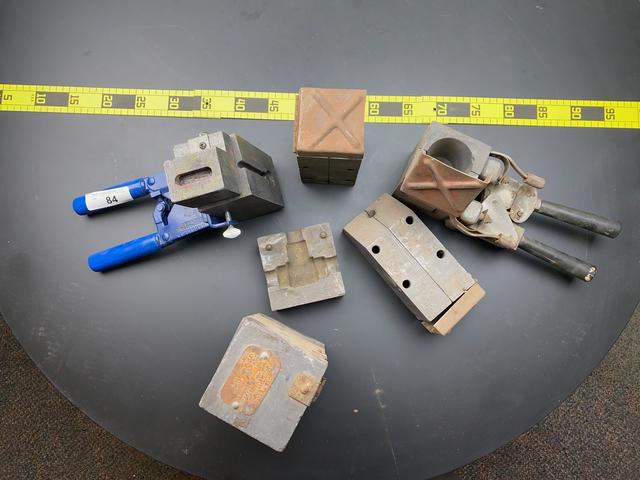 |
| Thermite welding can be used for various small welding jobs that for one reason or another are difficult to accomplish any other way. One advantage is portability: you don’t need to drag a big heavy welder and its power source to the place where welding is needed. |
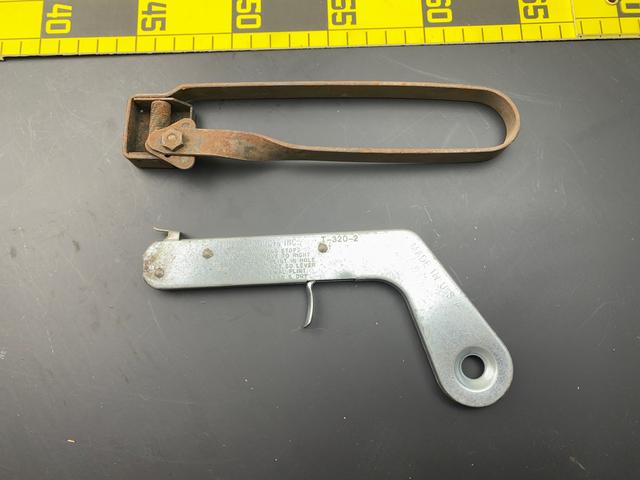 |
| Acetylene torches are typically lit with sparkers that strike a flint against rough steel. |
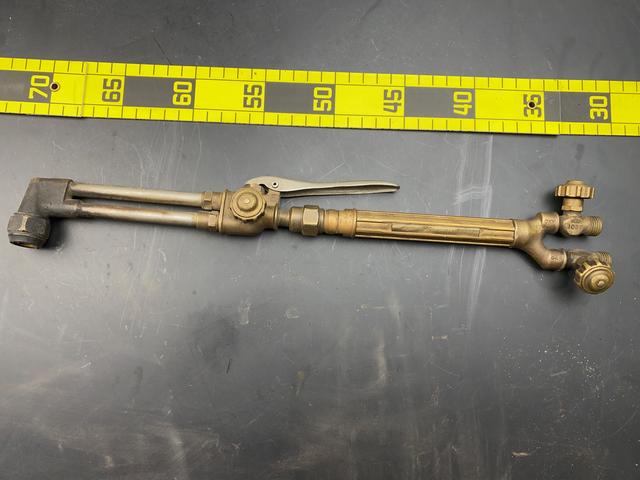 |
| Acetylene cutting torch heads have a lever that greatly increases the flow of oxygen for cutting. |
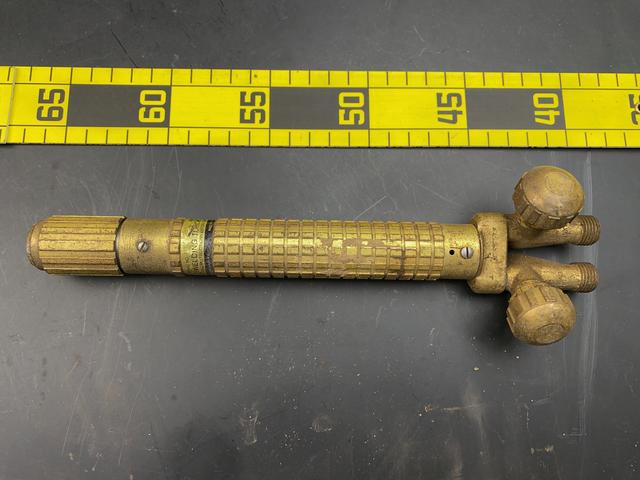 |
| Acetylene torch bodies are typically made of brass and do not age. |
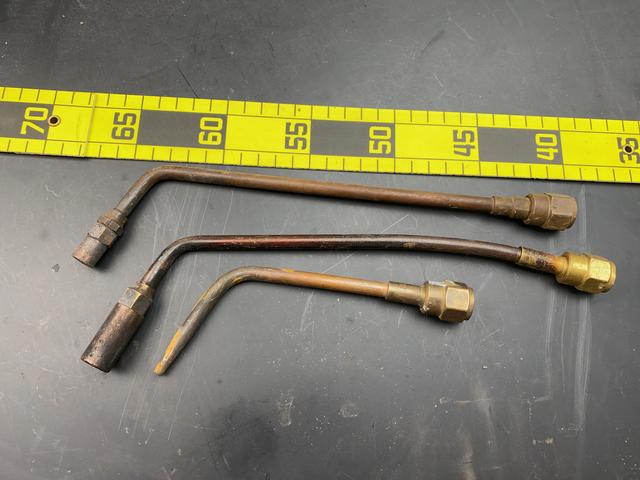 |
| A variety of torch heads can be attached to the same torch body to provide anything from a sharp point for welding to a broad frame for plumbing or pre-heating. |
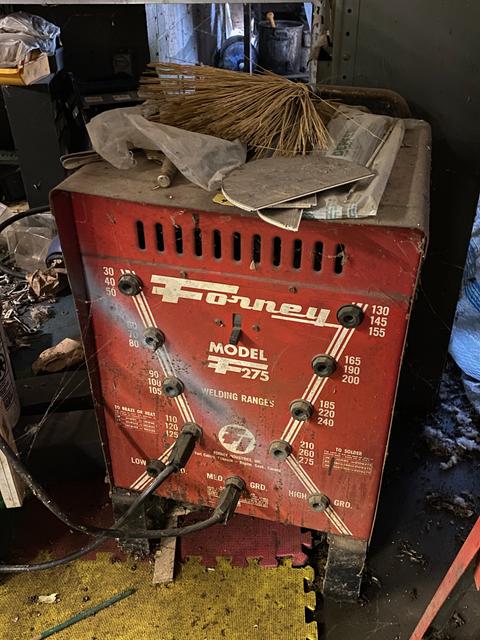 |
| A “stick welder” is just a big transformer. It converts relatively high voltage from the wall socket into the low voltage, but very high current needed for welding. The heat comes from current flowing in an electric arc: you clamp one wire (ground) to your workpiece and the other to the end of a welding rod, which is consumed as the weld is made. |
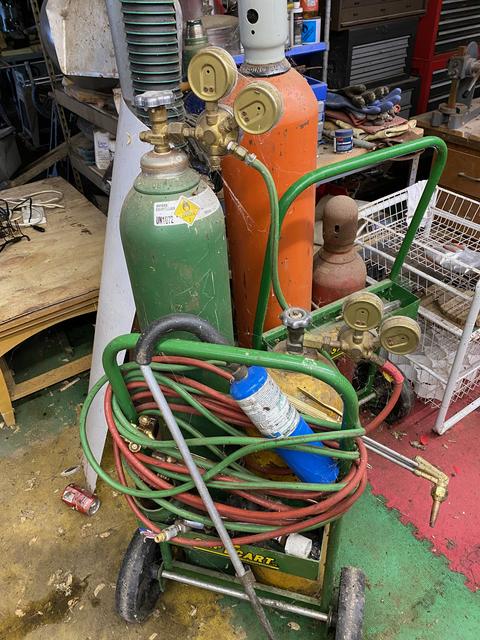 |
| The hardest way to weld is with an oxy-acetylene torch. This mixture of gases (acetylene and pure oxygen) burns hot enough to easily melt steel. One neat fact about iron (and steel) is that they are quite flammable. You just have to get them hot enough and they will burn on their own, especially if you feed them with pure oxygen. An oxy-acetylene cutting torch uses acetylene gas only to pre-heat the steel. Once the metal starts burning you can shut off the acetylene and cut with just a blast of high-pressure oxygen gas. The burning iron generates enough heat to keep the cut going indefinitely, even through steel several inches (100-150mm) thick. |
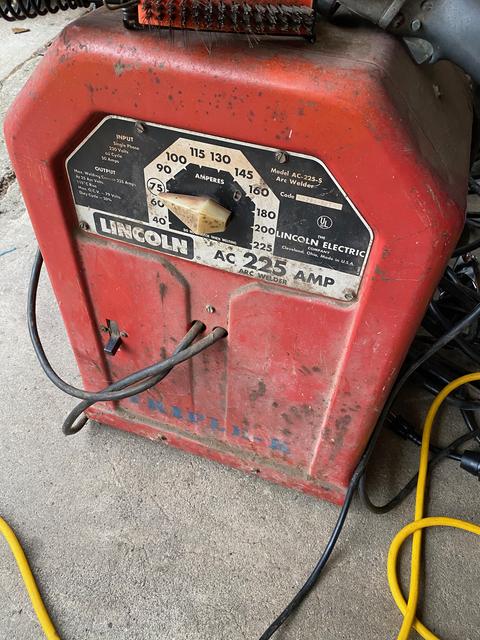 |
| I have a bunch of these old stick welders from auctions: they go cheap because modern “inverter” welders are so much lighter. |
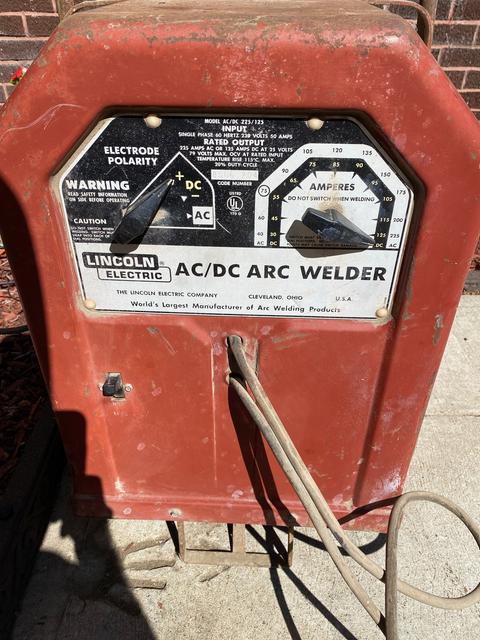 |
| This old stick welder is fancy: it has a bridge rectifier that allows it to supply DC as well as AC current. |
Do you have a better example of this kind of tool? Let me know by leaving a comment, and include a picture of it if you can so everyone can see!